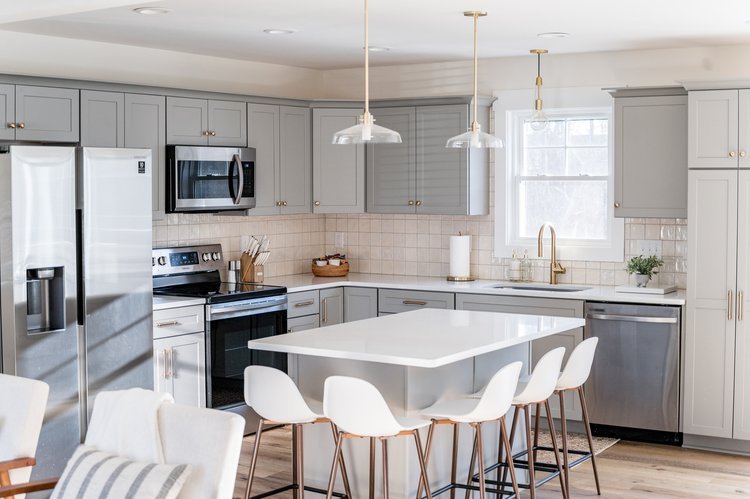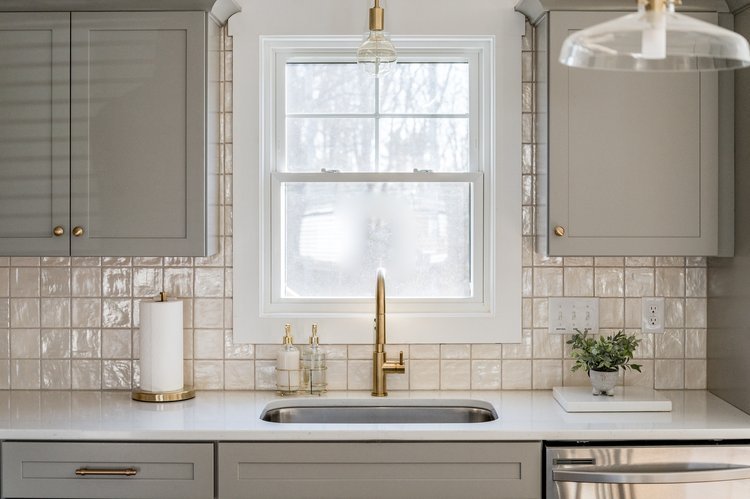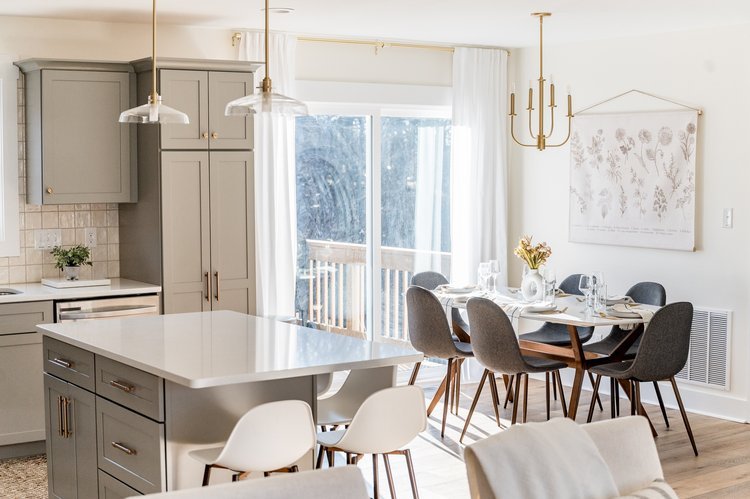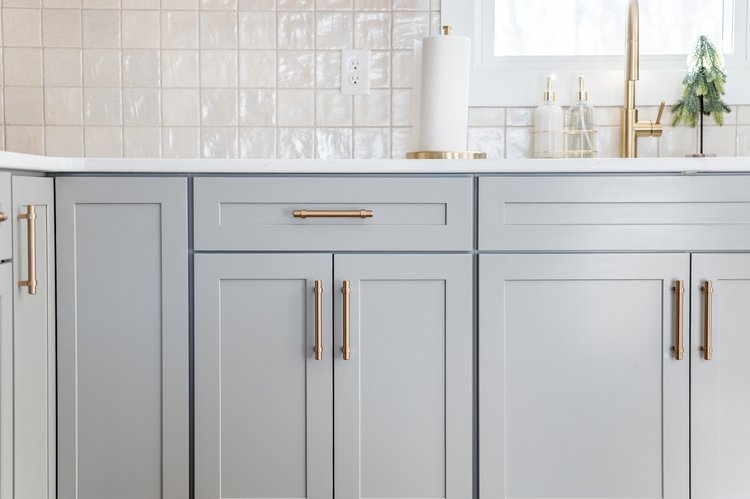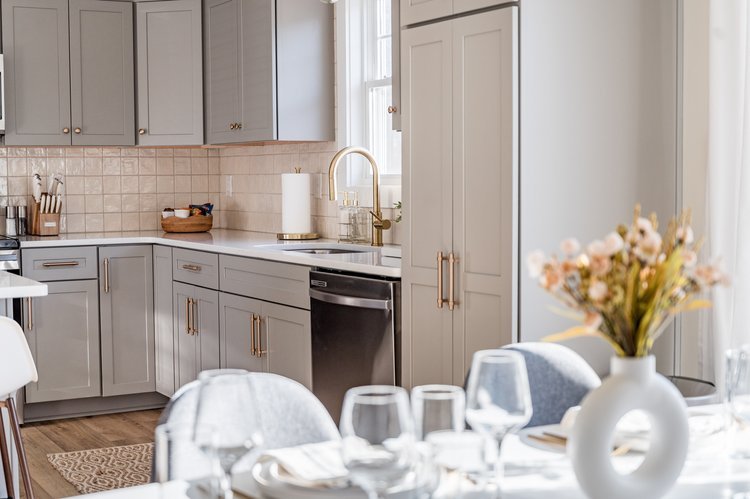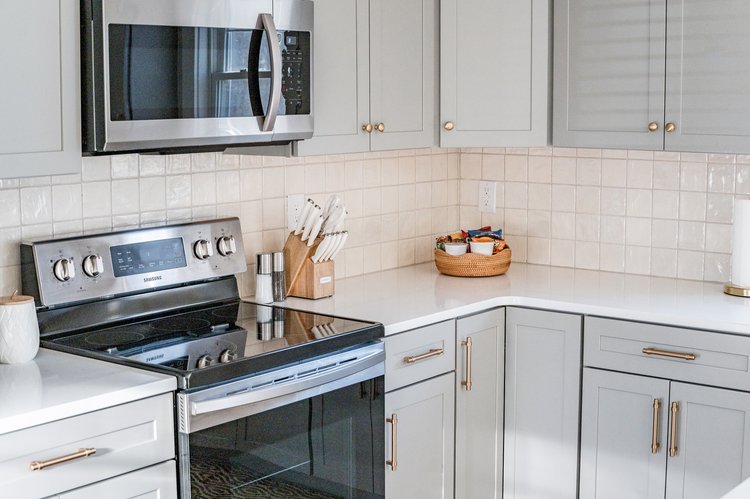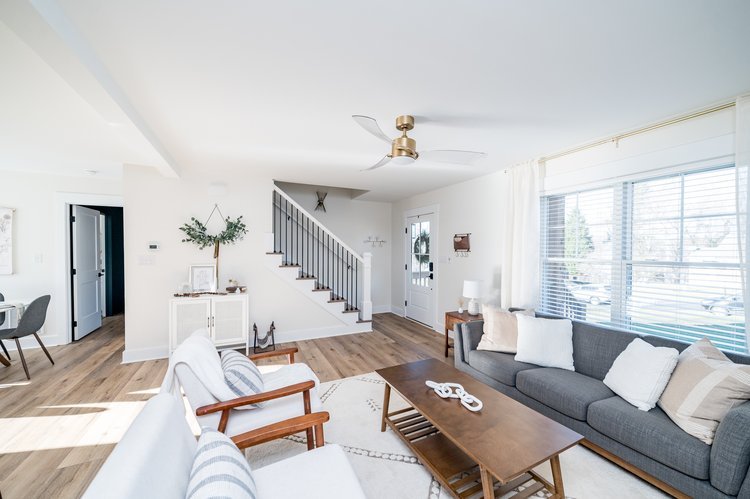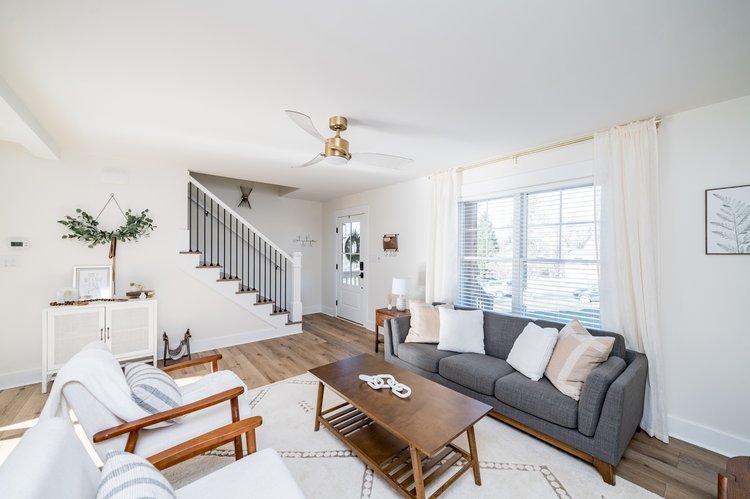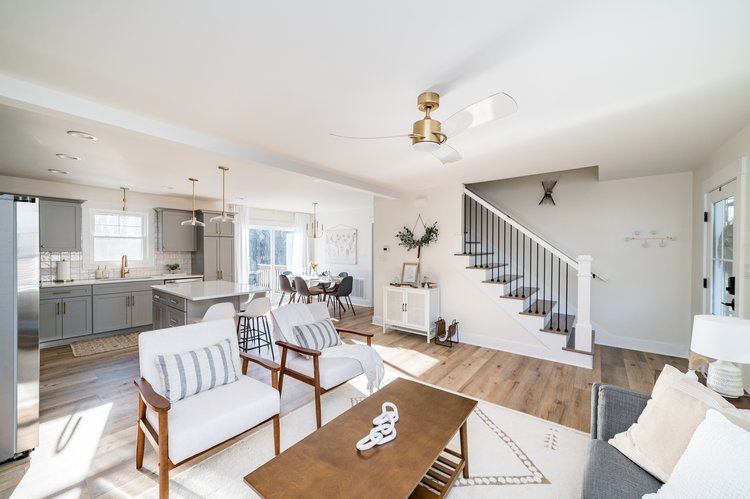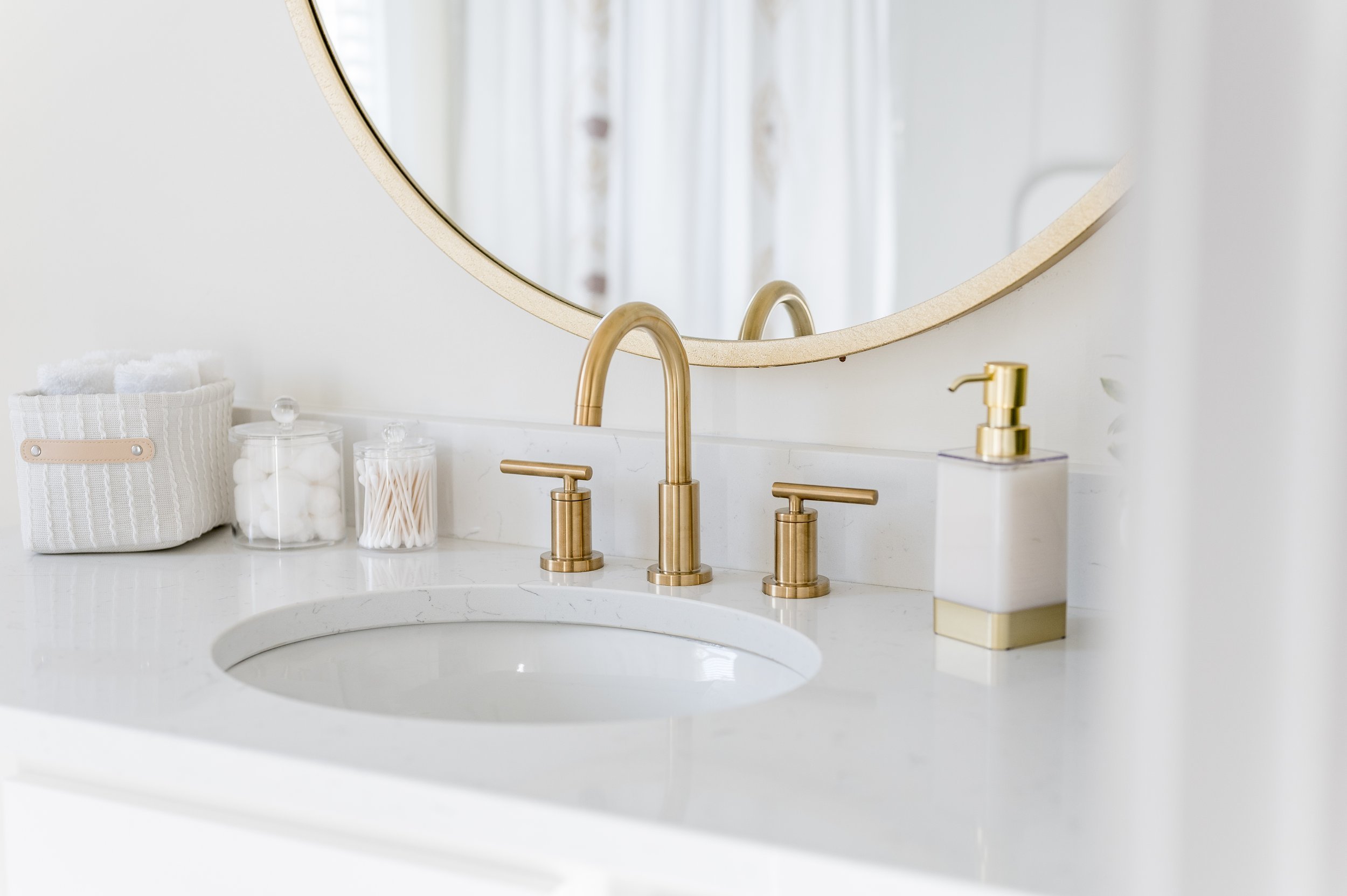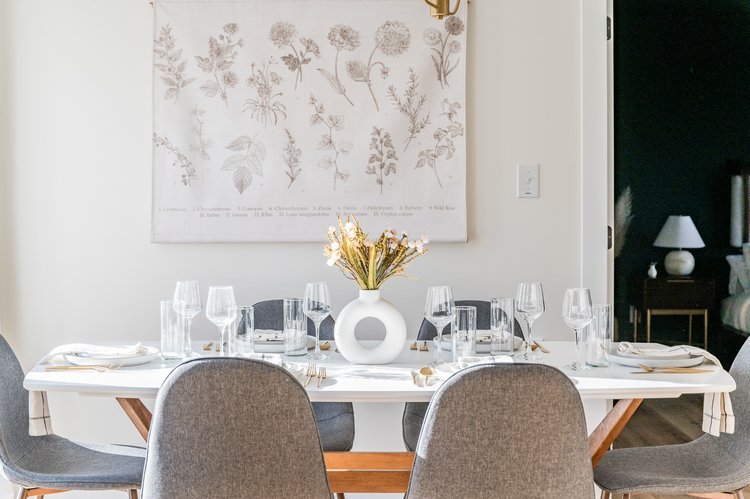Why Interior Design Matters | Complementing the Architecture of a Home
When it comes to creating a space that not only looks aesthetically pleasing but also functions harmoniously, the significance of interior design cannot be overstated. Many of us think of interior design as just a matter of choosing the right wall color or furniture. However, it's much more profound than that. Interior design is the art and science of enhancing the interiors of a space to achieve a healthier and more aesthetically pleasing environment. But why does it matter so much, especially in relation to a home's architecture?
The Correlation between Architecture and Interior Design
Architecture and interior design are two sides of the same coin. While architecture provides the shell and defines the overall structure, interior design brings life to that structure, ensuring that the spaces within are livable, comfortable, and reflective of the occupants' personalities. A well-thought-out interior design ensures harmonious living spaces. By considering factors such as lighting, furniture placement, and color schemes, interior design can create a flow in the home that feels natural and intuitive.
Reflecting Personal Style
One of the primary roles of interior design is to reflect the personal style and taste of the homeowners. A home should be a reflection of the people living in it. Through careful selection of colors, textures, and furnishings, interior design personalizes a space, making it unique to its occupants. Beyond aesthetics, a critical aspect of interior design is enhancing the functionality of a space. This involves making the best use of available space, ensuring adequate storage, and creating flexible areas that can adapt to changing needs.
Creating a Mood or Atmosphere
The interior design has the power to set a mood or tone for a space. Whether you want a room to feel cozy, energetic, serene, or luxurious, it's the combination of color palettes, materials, lighting, and furnishings that come together to evoke these feelings. Investing in quality interior design can significantly boost the value of a property. Homes with well-designed interiors tend to attract more potential buyers and can command higher prices in the market.
Sustainability and Environment
Modern interior design also places a strong emphasis on sustainability. By selecting eco-friendly materials, incorporating energy-efficient appliances, and using sustainable design practices, interior design can play a role in reducing a home's carbon footprint. Good interior design also takes into account the safety and well-being of the home's inhabitants. This includes selecting non-toxic materials, ensuring adequate ventilation, and designing spaces that reduce the risk of accidents.
The Wholeness of Home
In essence, while the architecture of a home sets its foundation, it's the interior design that breathes life into it. It creates a space where aesthetics and functionality coexist, where personal style meets comfort, and where every nook and corner has a purpose.
For anyone building or renovating a home, it's essential to understand the value of interior design. It's not just about decoration; it's about creating a space that complements its architecture, caters to its occupants, and evolves with changing needs and trends. In the words of the famous architect and interior designer, Frank Lloyd Wright, "Form and function should be one, joined in a spiritual union." So, when considering the design of your home, remember that the marriage of architecture and interior design is what will ultimately define your living experience.



